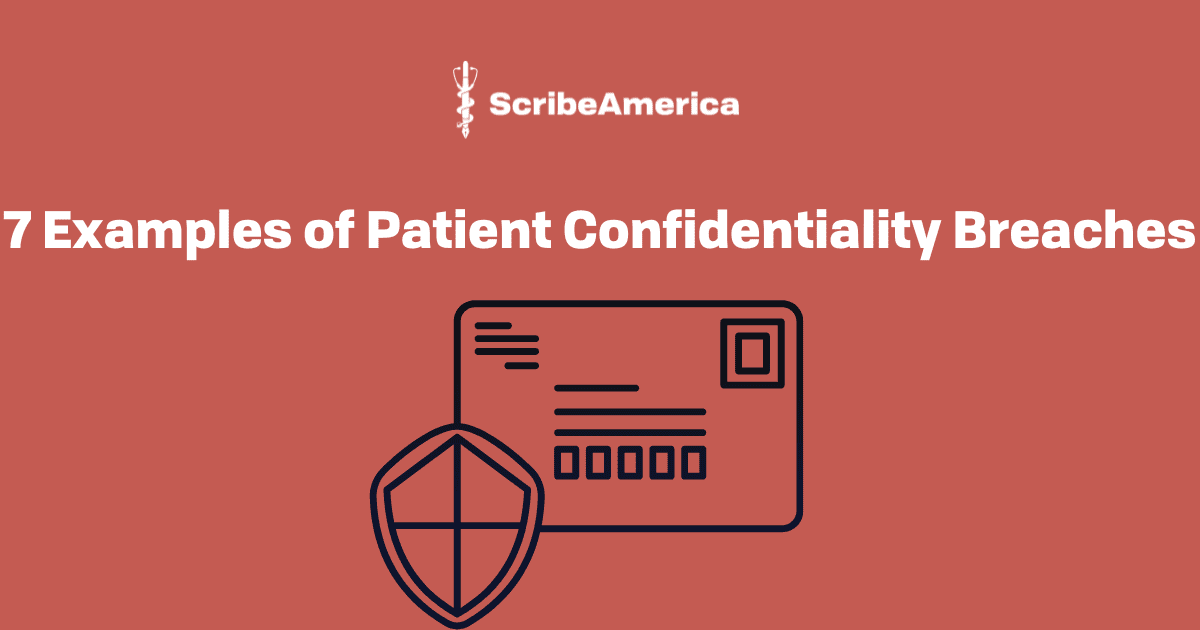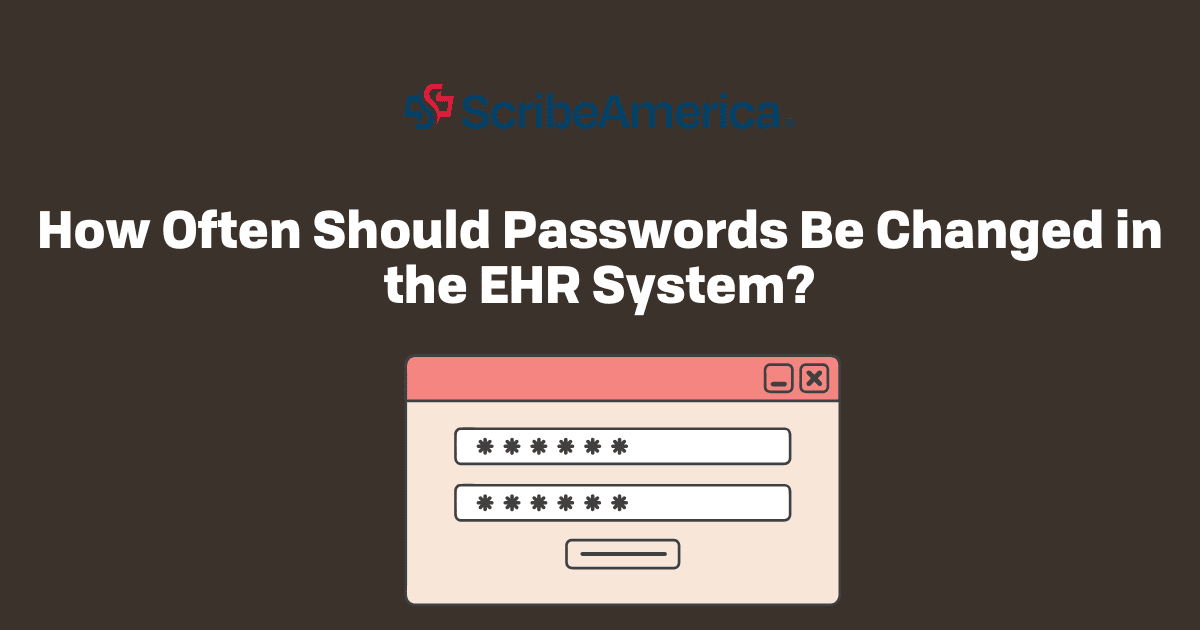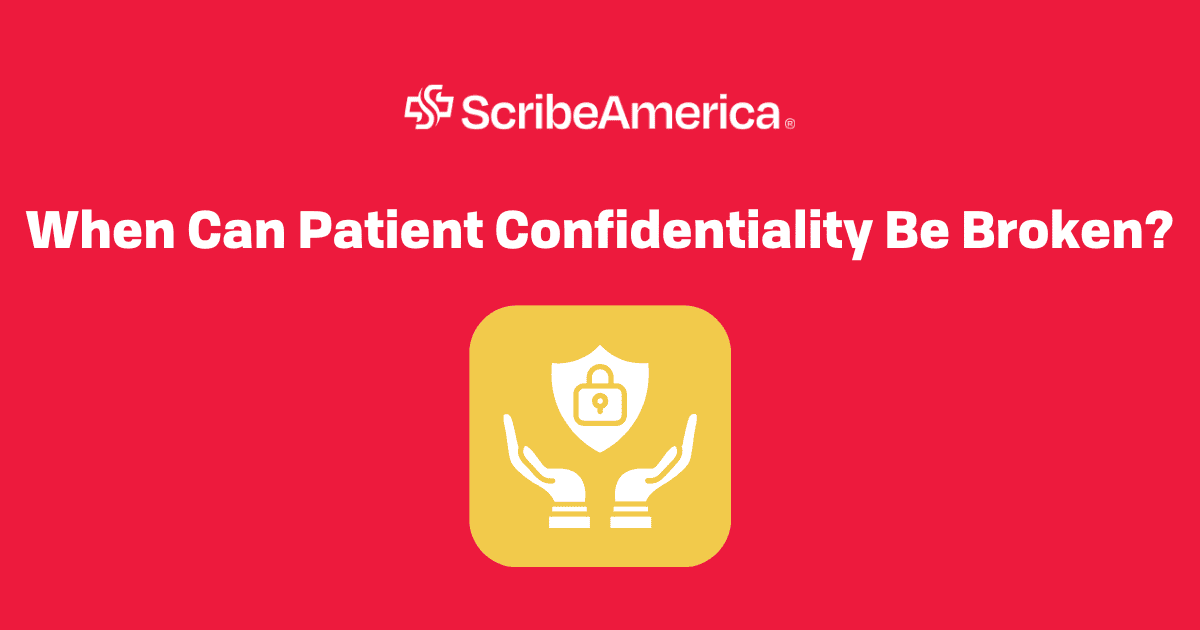Key points:
- Breaching patient confidentiality, even unintentionally, severely damages the crucial trust between patients and providers.
- Common breaches include accidental emails, discussing patients in public, and improper disposal of paper records.
- Technology-related risks involve lost unencrypted devices, sharing on social media, and staff accessing records without authorization.
- All types of breaches are preventable with continuous training, secure systems, and a culture of accountability.
Patients share personal details they might not tell anyone else, because they believe that information will stay private. When that trust is broken, even unintentionally, the damage can be lasting. A breach of patient confidentiality doesn’t just violate rules or laws; it undermines the relationship between patients and providers. Below are seven real-world inspired examples of patient confidentiality breaches, what went wrong, and what you can learn from them.
The accidental email
One of the most common breach of patient confidentiality cases happens with a simple click. A nurse types an update meant for a patient’s physician and accidentally sends it to someone else with a similar name. Suddenly, protected health information, like lab results or diagnoses, lands in an inbox it doesn’t belong to.
Even when it’s accidental, this is still considered a breach of patient confidentiality. The healthcare worker didn’t intend harm, but the error still exposes private data. It’s a reminder of how critical it is to double-check emails before sending.

Conversations in the wrong place
Another example of a breach in patient confidentiality occurs when healthcare staff discuss patient information in public areas. Imagine two nurses talking about a patient’s surgery while waiting for coffee, unaware that someone nearby knows the patient personally.
It might feel like harmless small talk, but confidentiality doesn’t end when the shift does, and it certainly doesn’t pause for casual conversation. Even seemingly vague details can reveal more than intended.
Lost or stolen devices
In the digital age, many breach of patient confidentiality cases involve technology. Think about laptops, tablets, or USB drives that store medical records. When a clinician’s laptop containing unencrypted patient data is lost or stolen, the result can be catastrophic. These breaches are preventable with strong cybersecurity protocols – take care of proper encryption, secure logins, and remote wipe capabilities.
Sharing on social media
Lately, there’s been a growing concern about healthcare workers accidentally crossing lines online. For instance, someone might share a quick photo or story from their shift, maybe about an unusual case or a snapshot of a hospital room, without realizing it could cause issues.
Even if names aren’t mentioned, small details can identify a patient. This kind of example of a breach in patient confidentiality has led to disciplinary action and terminations. It’s a growing reminder that professionalism extends into the digital world. The rule is simple: if there’s even a chance a patient could be identified, it doesn’t belong online.
Unauthorized access to records
Curiosity can sometimes lead to trouble. There have been breaches of patient confidentiality cases where staff accessed patient records without a legitimate reason. Maybe to check on a celebrity admitted to the hospital, or to learn about a neighbor’s medical history.
Even if the person doesn’t share the information, every access to medical records is logged, and audits can easily uncover unauthorized activity.
Improper disposal of records
Paper records may seem old-fashioned, but they’re still widely used. And when they’re discarded carelessly, it becomes another example of a breach in patient confidentiality.
There have been reported incidents of patient files, prescription bottles, and printed lab results found in dumpsters or recycling bins. These breaches can lead to identity theft, lawsuits, and hefty fines.
Discussing patients with friends or family
Sometimes, breaches happen with good intentions. A healthcare professional might share a patient’s condition with a spouse or friend out of concern or curiosity. But unless that information is anonymized and shared for professional purposes, it’s a breach of patient confidentiality. This kind of casual disclosure is surprisingly common, but it can deeply affect a patient’s sense of trust, especially if they learn their private struggles became dinner-table conversation.
Healthcare professionals often process heavy emotional experiences, but discussing patient details outside approved channels can easily cross ethical and legal lines.
The takeaway
Every example of a breach in patient confidentiality (from accidental emails to gossip) has one thing in common: it’s preventable. Most breaches don’t come from bad intentions, that’s why continuous training, secure systems, and a culture of accountability are so important.
Patients deserve to know that what they share stays private. When confidentiality is broken, the consequences ripple far beyond the data itself – they reach into trust, reputation, and the very heart of patient care.
And at the end of the day, confidentiality is actually about respect and about keeping patients’ stories between them and the professionals they trust to heal them.
You may also like: What is patient confidentiality in healthcare?




